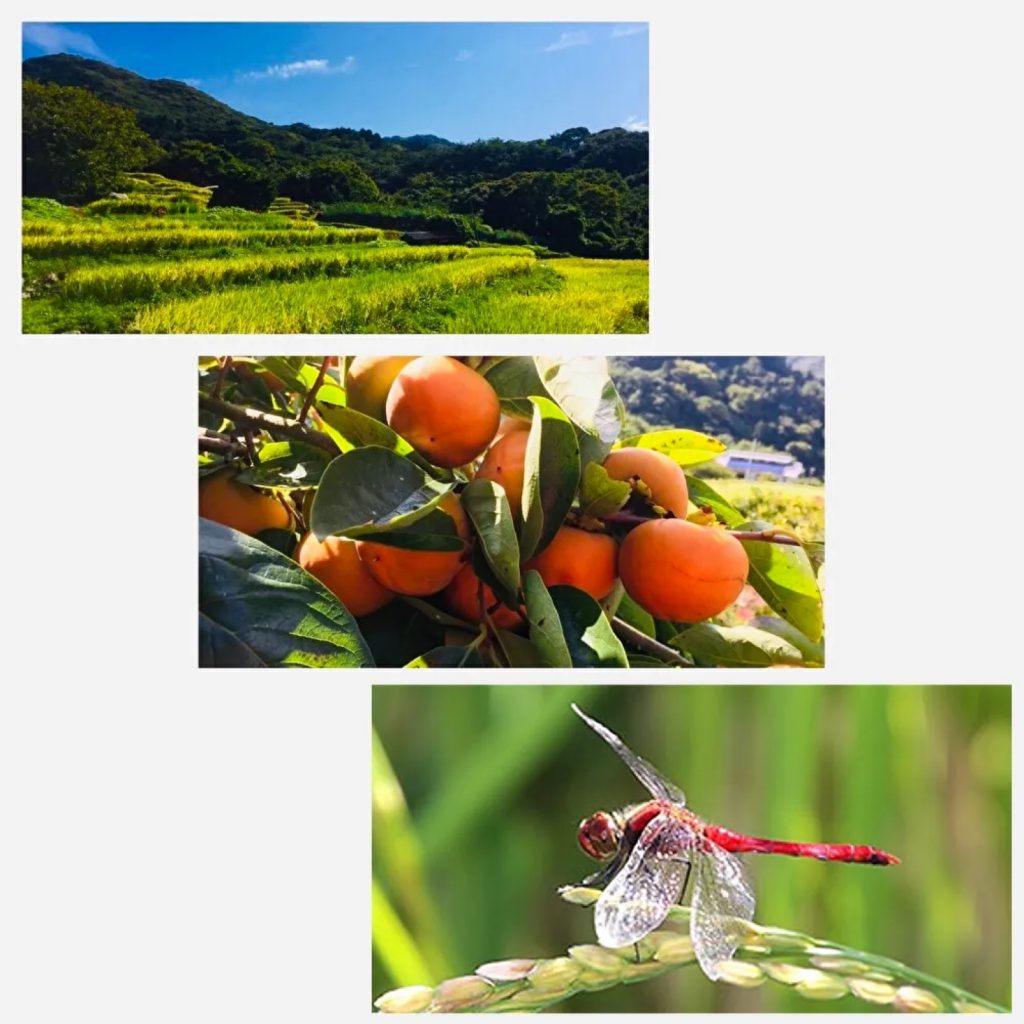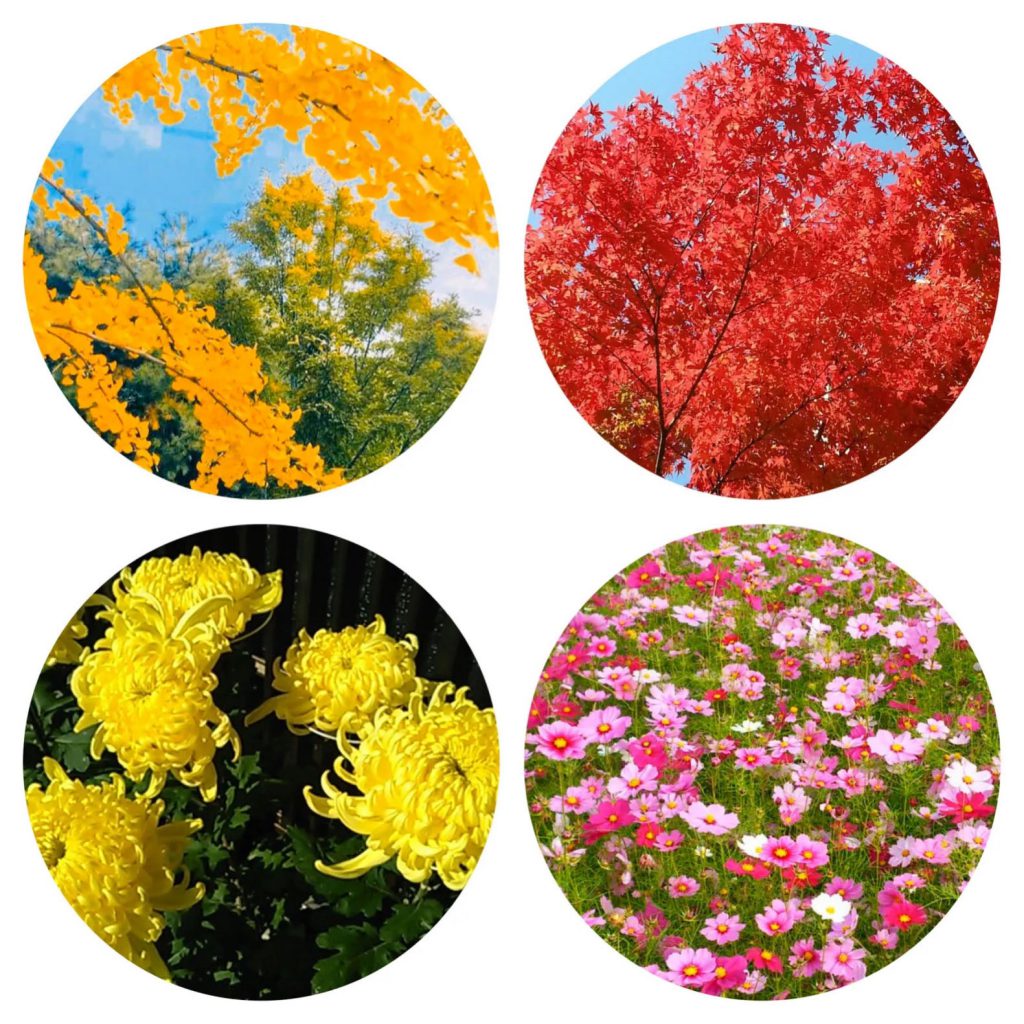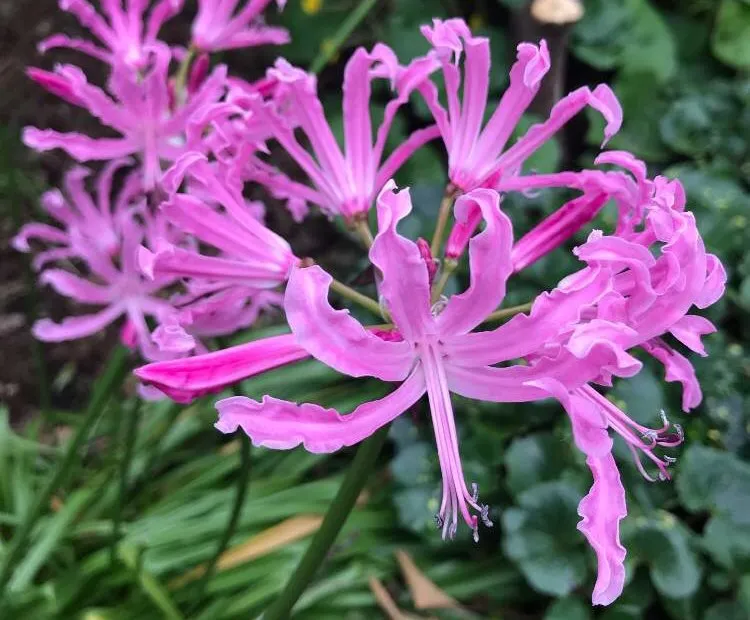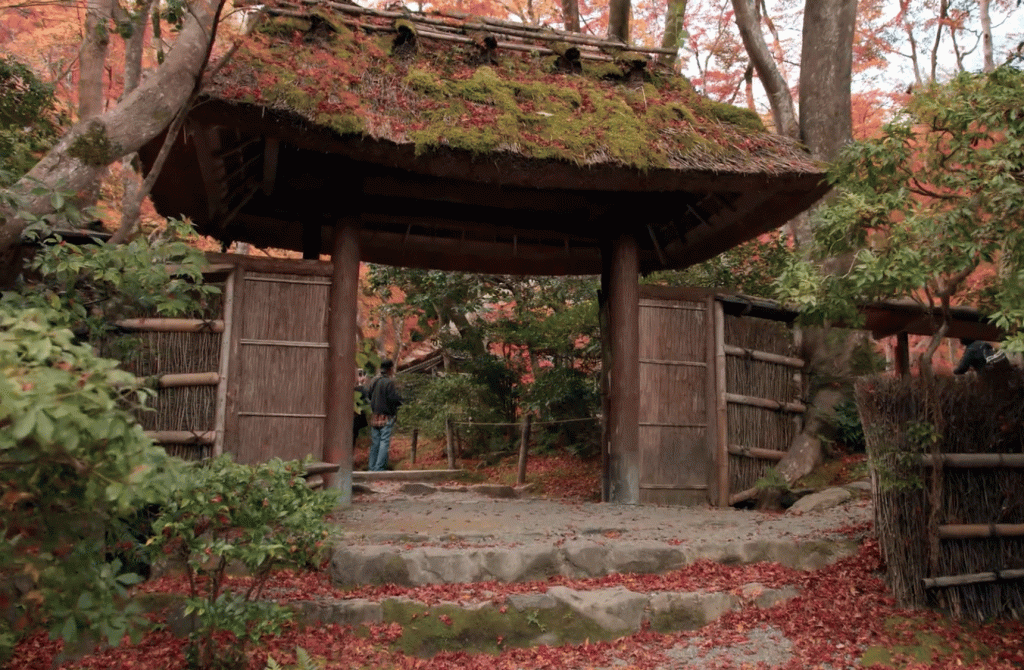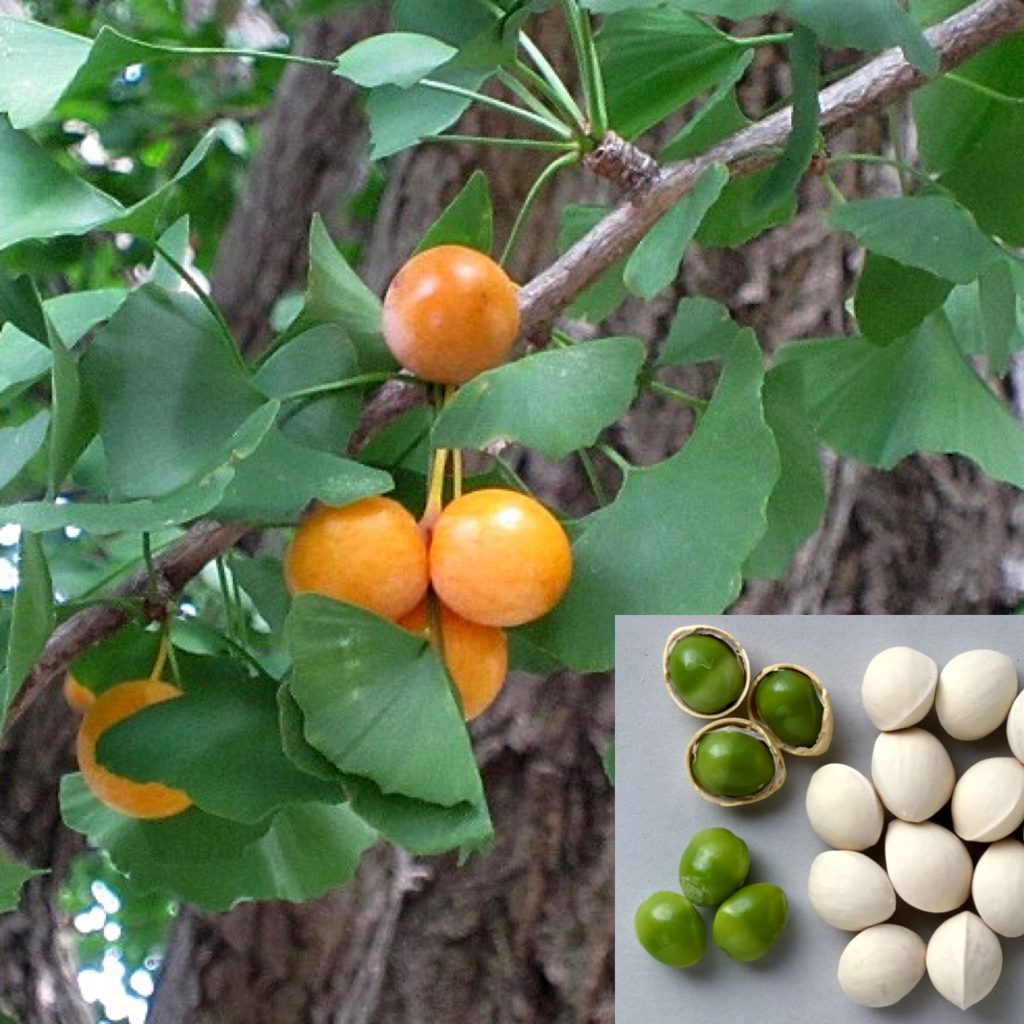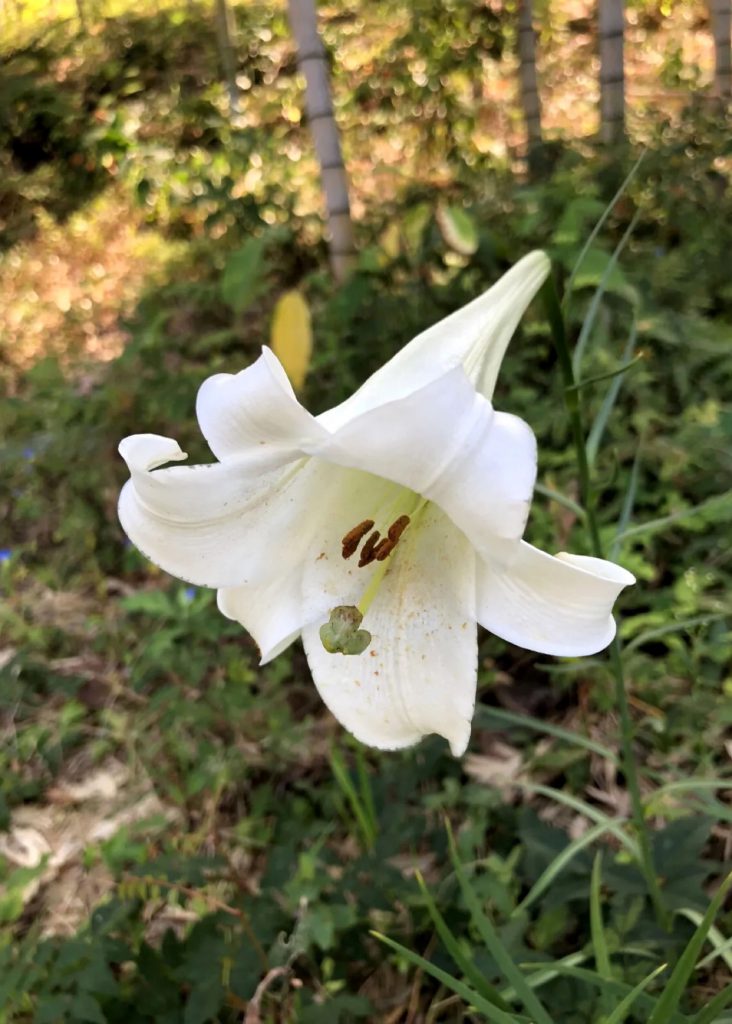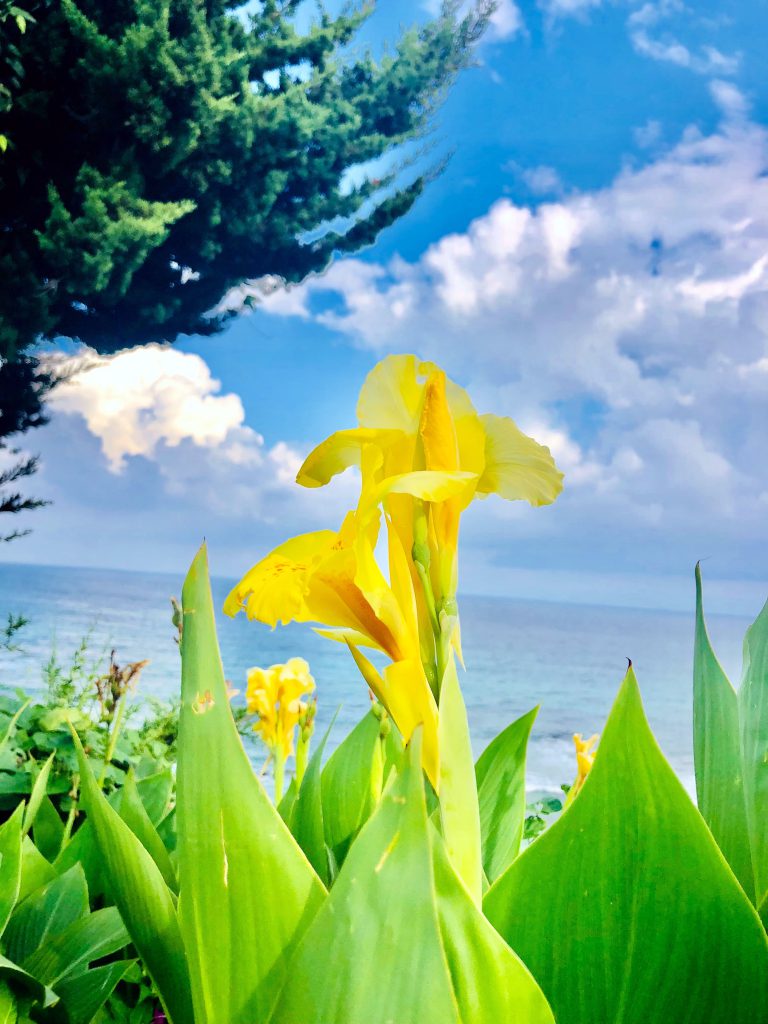
The temperature on the 16th in Osaka is 28 degrees Celsius, which is a “summer day”. The expected maximum temperature on the following day, 27th, is 19 degrees Celsius, so yesterday was summer, today is autumn, or rather is late autumn. News from the first snow from Hokkaido. When I listen to the radio, I hear from listeners all over the country that they are preparing for the kotatsu. For the last few years, I feel that everyone has been at the mercy of the turbulence of the weather. The 26th Conference of the Parties to the United Nations Framework Convention on Climate Change (COP26) will be held in Glasgow, UK, from November 1st to 12th this year. At COP26, Parties will come together to discuss to accelerate action towards achieving the goals of the Paris Agreement and the United Nations Framework Convention on Climate Change, which were signed in 2015. I can’t help feeling that I lost it late, but we also want to be actively involved.
大阪の16日の気温は28度、夏日です。翌27日の予想最高気温は19度ですから、昨日は夏、今日は秋、それも晩秋です。北海道からは初雪の便り。ラジオを聞いていると、全国各地のリスナーから炬燵の準備をしているとの便りが届いています。ここ数年は気象の変動の激しさに皆が引っ掻き回されている感じがします。今年の11月1〜12日、英国グラスゴー「国連気候変動枠組条約第26回締約国会議」(COP26)が開催されます。COP26では、2015年に締結された「パリ協定」と「気候変動に関する国際連合枠組条約」の目標達成に向けた行動を加速させるため、締約国が一堂に会して議論します。遅きに失した感は拭えませんが、我々も積極的に関与して行きたいものです。


